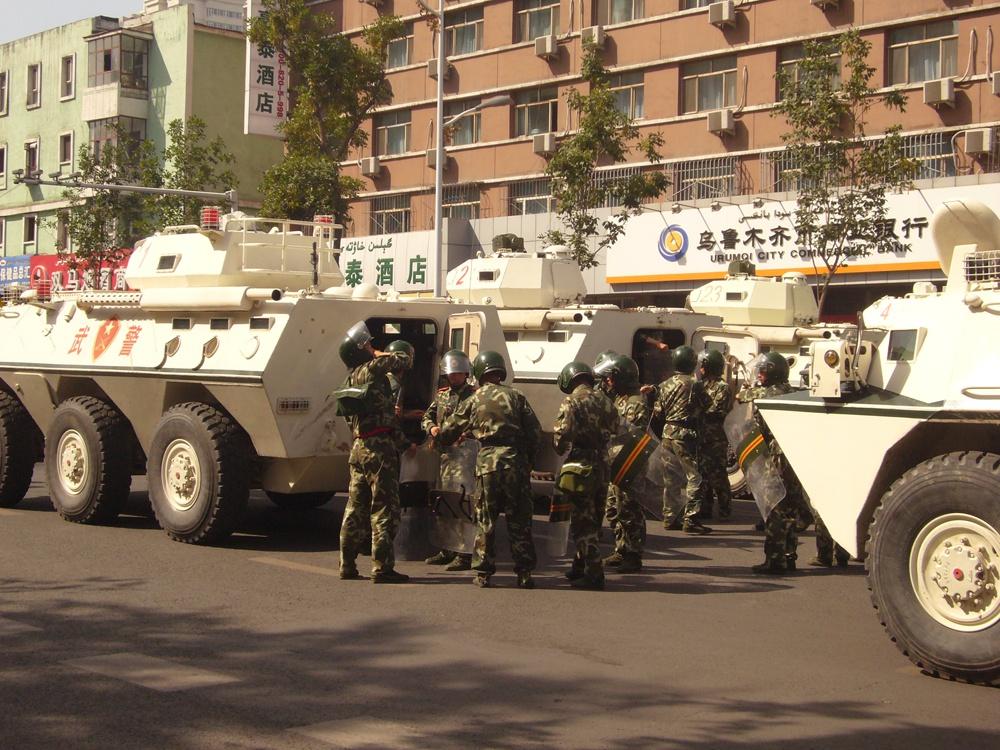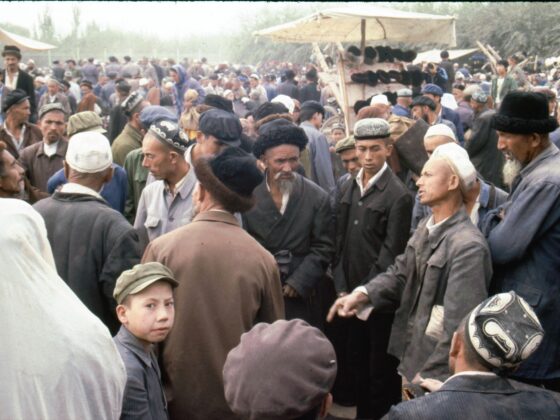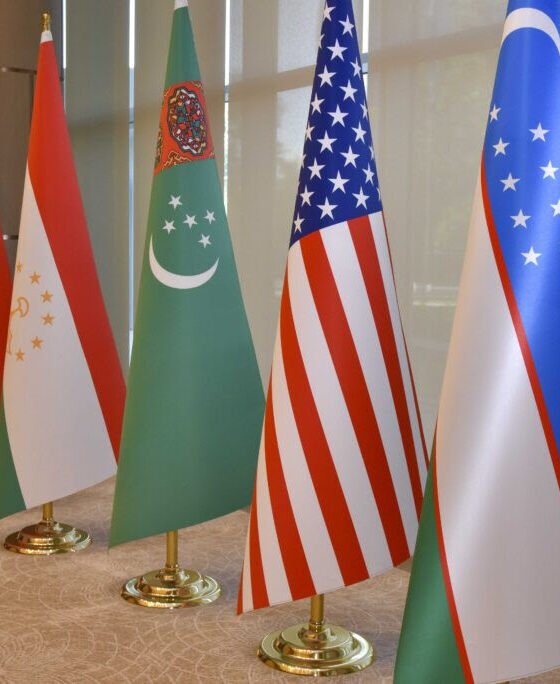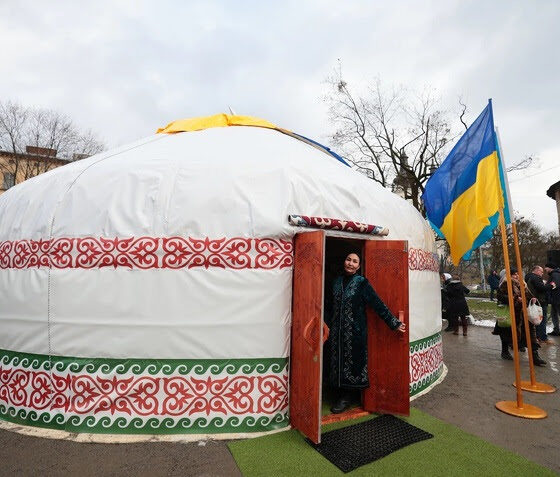Author: Michael Clarke, Associate Professor at the National Security College, Australian National University
Source: East Asia Forum (Link: http://www.eastasiaforum.org/2017/11/27/chinas-three-warfares-in-xinjiang/)
Article:
There has been extensive analysis of China’s use of ‘three warfares’ — public opinion, psychological warfare and legal warfare — in the context of external issues like the South China Sea dispute and the Doklam standoff with India. But China has also deployed elements of the ‘three warfares’ to counter a primarily domestic security challenge: the threat of Uyghur militancy, radicalisation and terrorism in Xinjiang.
This is consistent with China’s conception of information warfare as a non-kinetic instrument to not only contain the capabilities of adversaries but to ultimately degrade their will and capability to initiate or sustain political or military struggles contrary to China’s interests.
Utilisation of deception and manipulation of information has a long lineage in Chinese strategic culture as illustrated by Sun Tzu’s oft-quoted maxim that ‘the supreme art of war is to subdue the enemy without fighting’. The Chinese Communist Party’s (CCP) history as a clandestine and revolutionary organisation extended this by making ‘political warfare’ central to its modus operandi. But it was the US military’s display of technological superiority in such conflicts as the First Gulf War, the 1999 intervention in Kosovo and the 2003 invasion of Iraq that propelled the systematic development of China’s information war strategy.
The lesson of these conflicts for Chinese military strategists was that ‘non-military operations and non-kinetic capabilities’ were central in fighting and winning contemporary conflicts. This lesson was central to the argument of a 1999 treatise Unrestricted Warfare by Air Force colonels Qiao Liang and Wang Xiangsui.
In it they assert that contemporary warfare was characterised not by using ‘armed forces to compel the enemy to submit to one’s will’ but rather by using ‘all means … to compel the enemy to accept one’s interests’. To successfully conduct such ‘unrestricted warfare’, ‘all boundaries lying between the two worlds of war and non-war [and between] military and non-military will be totally removed’.
Herein lies the key distinction between Chinese and Western conceptions of information wars. Information warfare in the US context is understood as an adjunct to more kinetic strategies of conflict, while China’s conception is not only applicable in times of conflict or crisis but also across what might be termed a ‘peace–crisis–war’ spectrum.
Each branch of China’s three warfares illustrates this distinction. Psychological warfare is centred on ‘disseminating particular information via various channels’ to influence or disrupt an adversary’s decision making capacities and foster doubt about its capabilities in such a way that its will to act is degraded. Public opinion warfare is geared to influence both domestic and international public opinion to support Chinese objectives and dissuade adversaries from pursuing contrary actions. Legal warfare involves the exploitation of international and domestic legal systems to claim the legal high ground, assert the legitimacy of Chinese claims and constrain an adversary’s operational freedom.
In Xinjiang, China has long pursued a muscular strategy of integration defined by tight political, social and cultural control. This has been achieved by Han Chinese domination of the regional government, regulation of religion, outright suppression of dissent, encouragement of Han Chinese settlement and state-led economic development. Although Beijing has produced economic growth, it has also stimulated (sometimes violent) opposition from a Uyghur population that bridles against demographic dilution, political marginalisation and continued state interference in the practice of its religion.
As development of the ambitious Belt and Road Initiative begins, security and stability in Xinjiang has been elevated to a strategic imperative with President Xi stressing that Xinjiang’s security is ‘vital to the whole country’s reform, development and stability, as well as to national unity, ethnic harmony and national security’.
Although Beijing’s approach to combatting Uyghur opposition and unrest has always ultimately rested on the kinetic capabilities of the security forces and police, this has been augmented by policies that are consistent with the core objective of the three warfares: control of and influence over domestic and international perceptions of the Xinjiang issue.
Domestically, this has manifested itself in the implementation of measures to ensure the ‘comprehensive supervision’ of ‘stability’ in the region. Such measures have included implementation of hundreds of mobile ‘convenience police stations’, high-tech measures such as installation of China’s Skynet electronic surveillance system in major urban areas, coordinated mass anti-terrorism ‘oath-taking rallies’ by thousands of security personnel, promulgation of new legal restrictions on religious practice and the use of ‘political education centres’ to coerce Uyghurs out of their ‘deviant’ behaviours.
Internationally, China has arguably intensified its information war strategy with respect to Xinjiang and Uyghur terrorism. It has made ‘counter-terrorism’ central to the agenda of the Shanghai Cooperation Organisation, with the organisation almost exclusively focussing on regular joint counter-terrorism exercises, judicial cooperation on the extradition of suspected terrorists and information sharing.
Beijing has also engaged in public opinion warfare through consistent publication in state media outlets and reporting that explicitly attacks the Western media coverage of violence in Xinjiang. After the March 2014 Kunming terrorist attack China Daily published an op-ed decrying the West’s ‘double standards’ on terrorism.
The pervasive internal surveillance apparatus within Xinjiang and the externally-oriented information war strategies in which Beijing engages are not simply concerned with physically controlling space and individual citizens. Rather, they are also designed, as Deputy Xinjiang CCP Secretary Zhu Halian remarked earlier this year, to ensure that ‘Uyghur terrorists’ will be ‘like a cornered beast’ bereft of either practical or moral support within China or internationally.













